Although India’s economy is growing, New Delhi is facing political and security issues in the neighbourhood which are largely instigated by China; be it Sri Lanka, Nepal, Maldives, Bangladesh and of course, Pakistan, which has become almost a vassal state for China
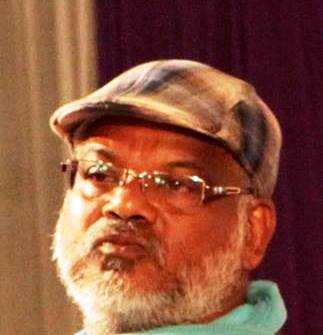 Dr. D.K. Giri I INFA Service
Dr. D.K. Giri I INFA Service
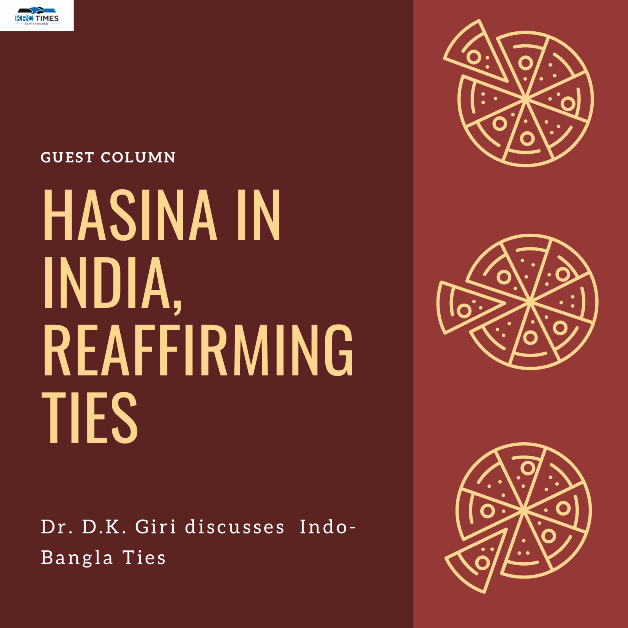
Sheikh Hasina, the Prime Minister of Bangladesh arrived in India the second week of September on a four-day visit. This is her fourth visit as the Prime Minister and seventh as an individual and the Opposition leader. This visit signals renewing and reaffirming ties between India and Bangladesh, especially as Hasina, though a friend of India historically, is criticised for her recent pro-China tilt.
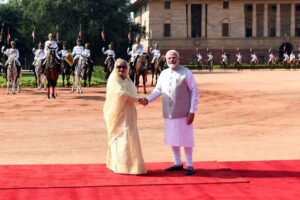
The current backdrop to India-Bangladesh bilateral negotiations is the growth of the economies of both countries. India has just overtaken the United Kingdom as the fifth largest economy in the world after the USA, China, Japan and Germany. Likewise, Bangladesh also has graduated to the rank of a middle-income country in 2021. But the latter has run into rough weather owing to the international situation mainly sparked by the war in Ukraine. Energy and food prices were soaring causing widespread protests; the depletion of foreign currency reserve has made crucial imports prohibited; the import orders from the West on garment has hit the industry, which is the largest in the country; the skyrocketing demand for wheat has made Bangladesh the fifth largest wheat importer in the world.
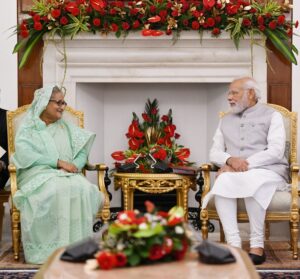
On the other hand, although India’s economy is growing, New Delhi is facing political and security issues in the neighbourhood which are largely instigated by China; be it Sri Lanka, Nepal, Maldives, Bangladesh and of course, Pakistan, which has become almost a vassal state for China. The recent floods have made Pakistan rethink its neighbourhood policies. In this atmosphere of hostility and poaching of neighbours by Beijing, New Delhi would like to have friendly neighbours. Bangladesh under Sheikh Hasina has been a steady and consistent friend.
During Sheikh Hasina’s last visit in 2019, both countries had signed seven pacts. In this visit also seven memorandums have been inked between India and Bangladesh in the areas of railways, science and space technology and broadcasting, among others. These memorandums were signed after extensive discussion on bilateral issues related to water, trade, economic ties and regional and global issues.
The MOUs were significantly signed in the presence of both the Prime Ministers. These are as follows: An MOU between Jal Shakti Ministry of India and Ministry of Water Resources Bangladesh on withdrawal of water from common border river Kushiyara; two, between Ministries of Railways of India and Bangladesh on training of Bangladeshi Railway personnel in India; third, the two Railway Ministries on collaborations on IT systems such as FOIS and other IT applications for Bangladesh Railway; fourth, between National Judicial Academy of India and Bangladesh’s Supreme Court on training and capacity building programmes for Bangladesh Judicial officers in India; fifth, between India’s Council for Scientific and Industrial Research (CSIR) and Bangladesh Council for Scientific and Industrial Research (BCSIR) on scientific and technological cooperation; sixth, on cooperation in areas of science and technology between New Space India Limited (NSIL) and Bangladesh Satellite Company Limited (BSCL) and seventh, between Prasar Bharati, India and Bangladesh Television on cooperation in broadcasting.

In addition to the above, New Delhi provided some information about the projects to be signed and/or inaugurated by both countries. These included the unveiling of the Maitree thermal power plant in Rampal in the district of Bagerhat; the inauguration of the Khan Jahan Ali Bridge over the Rupsha River in Khulna, Bangladesh also known as the Rupsha bridge, and the Khulna Darshana railway line link by making it double line.
Across Asia, India is the biggest market for exports from Bangladesh.
In order to deepen bilateral trade, both sides hinted at initiating discussions on a bilateral Economic Comprehensive Partnership Agreement (CEPA), which is expected to raise Bangladesh’s exports to India two-fold and enhance the country’s GDP by at least two per cent.
There was, however, a concern from Bangladesh to rectify the wide asymmetry in the bilateral trade. Bangladesh exports 1.9 billion USD worth of goods to India and imports 16.15 billion USD from India. Sheikh Hasina and her team of Ministers accompanying her would like to at least partly balance the trade disparity. This would help her answer the domestic critics, who argue that their country importing 600 million USD of rice, mostly parboiled was a sign of India’s overarching shadow on the country’s economy.
Advertisement
The statement by Narendra Modi should lift the spirits of Bangladeshis. He said, “the trade between India and Bangladesh is increasing rapidly. We have decided to extend cooperation in the IT, Space and Nuclear sectors. Talks are also underway on power transmission lines”. Another area, which occasionally becomes controversial is water sharing, mainly in the Teesta River. The Prime Minister said that 54 rivers flow through the India and Bangladesh border influencing the livelihoods of a large number of people in both countries. An important agreement was signed on Tuesday on water-sharing in the Kushiyara River.

On the political front, the indication coming from the joint statement was that the common ground for understanding and cooperation was growing between the two countries. Both leaders were full of appreciation of each other as they resolved to fight common threats of cross-border terrorism, radicalisation and covid like pandemics. Hasina reaffirmed that India is the most important and closest neighbour of Bangladesh. She extolled the bilateralism between the two countries as the ‘role model for neighbourhood diplomacy. Quite an assertion that! She attributed this to the visionary leadership of Modi that continues to add momentum to bilateral relations.
Modi reciprocated the goodwill for India and appreciation of his leadership. He said that Bangladesh had witnessed rapid development under the guidance of Hasina. “It is our biggest trade partner in the region and we share strong cultural ties, he added. Remember that Hasina has been at the helm for 13 years. Although she has faced stiff opposition from her rival party BNP who even called her a proxy of India’, it is under Hasina, that the same radicalised elements suffered the biggest electoral setback – outright public rejection.
Sheikh Hasina looks to India as a friend and mentor owing to the strong historical inks from the days of the liberation of her country. She herself had sought political asylum in India for six years up to 1981. Her family has a 70-year-old link with the 12th-century shrine in Ajmer. The Christians of the Shrine have been the hereditary priests of the Hasina family. Her father Sheikh Mujibur Rehman, the founder of Bangladesh, had visited the shrine in 1957.
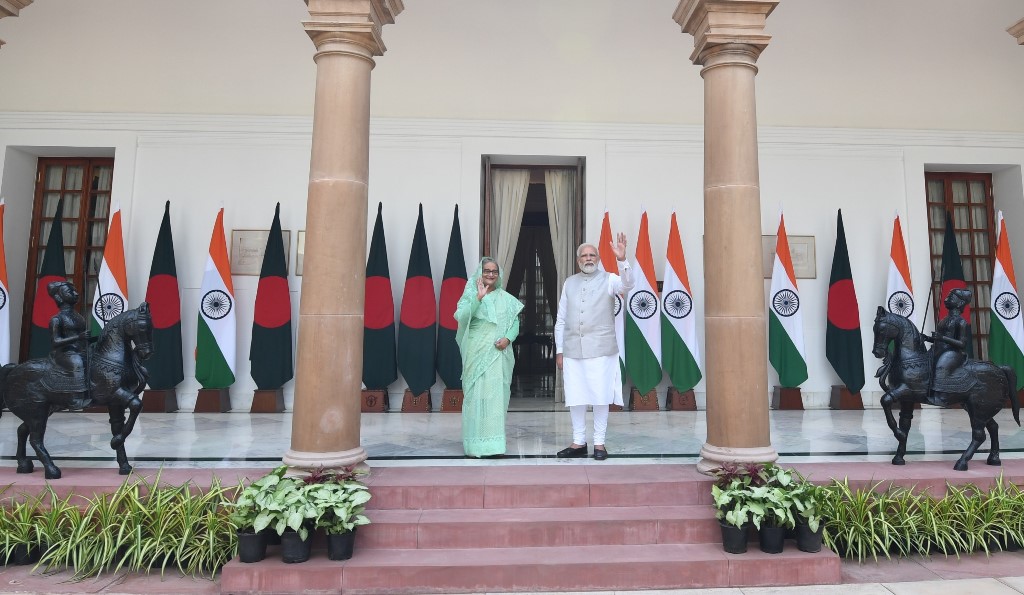
Diplomats from Bangladesh asserted that the PM gives primacy to India among all its allies even though it may not be so easy to state on the geopolitical stage. But it is evident in all her speeches and interviews she gave in the run-up to the visit. Sheikh Hasina’s inclination toward India is obvious, but the challenge is to build solid relations between the peoples of both countries.
India should not repeat the mistake committed in Nepal by supporting part of the population, the Madhesis.
Each country requires a specially calibrated strategy.
In Pakistan, it is the government which is antagonistic unlike in Bangladesh where it is the people. New Delhi should see such nuances in neighbourhood diplomacy.—INFA
(Dr D.K. Giri is the Professor of International Relations, JIMMC.)
Promotional

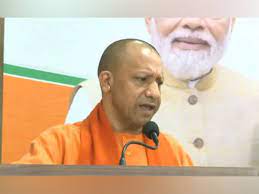

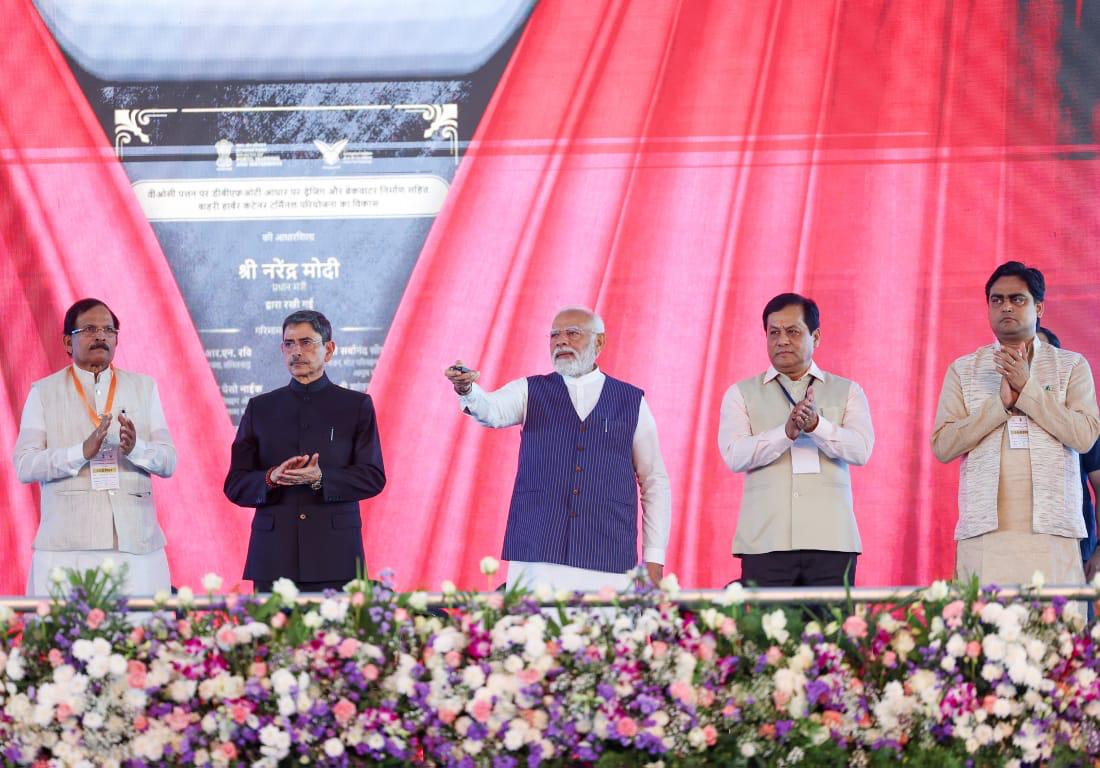


To make the Act East policy successful we need more engagements from North Eastern states of India